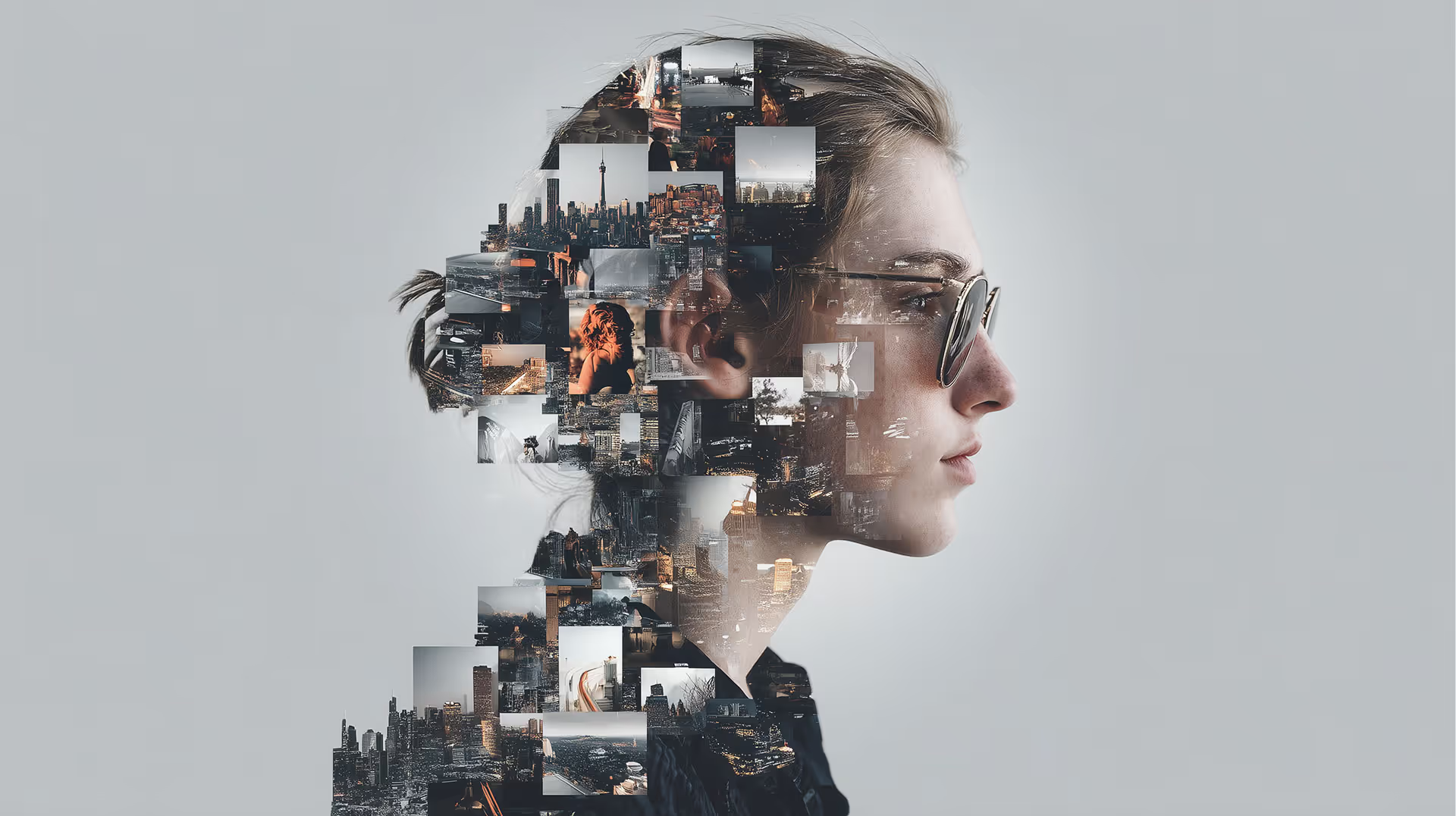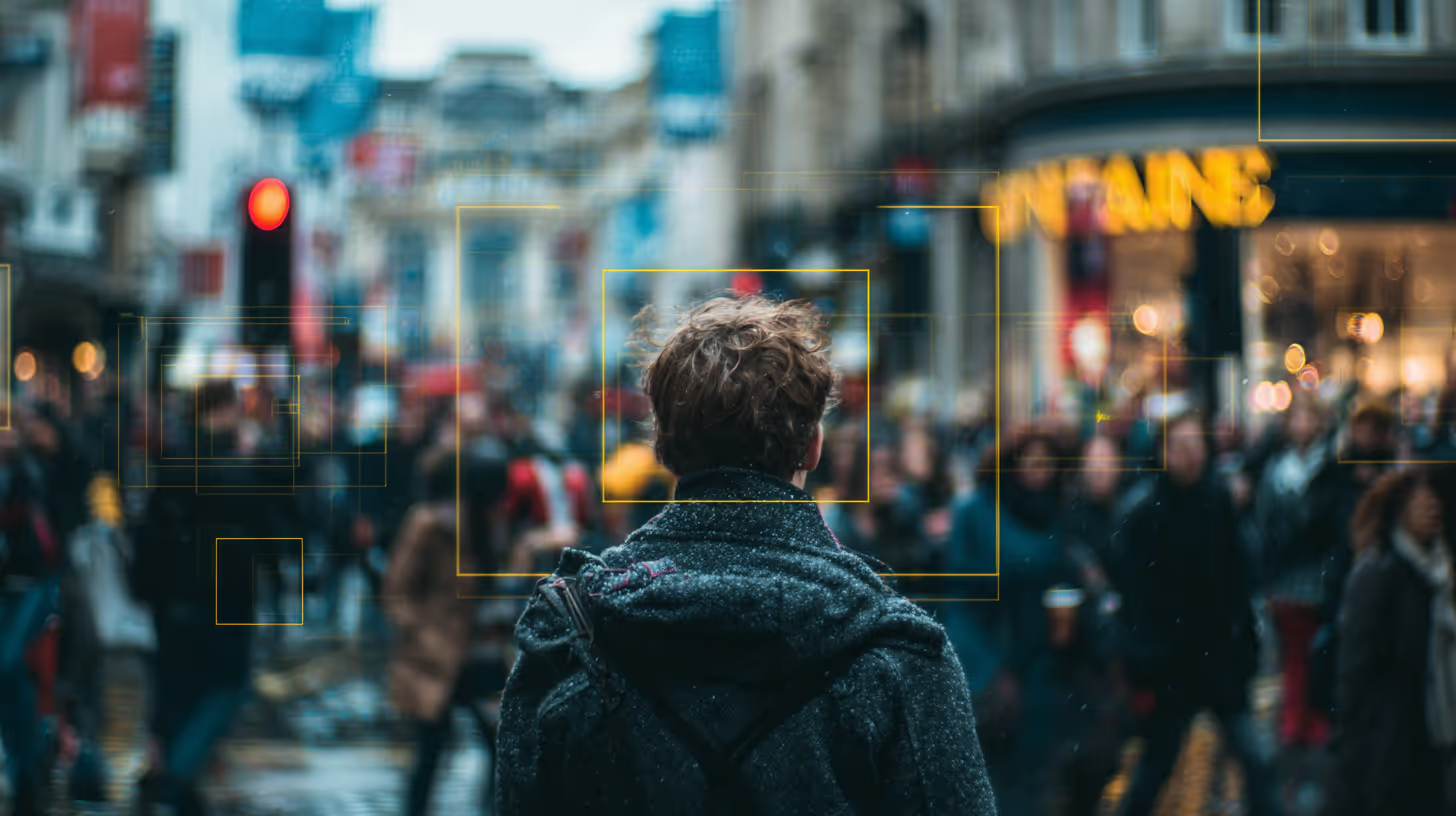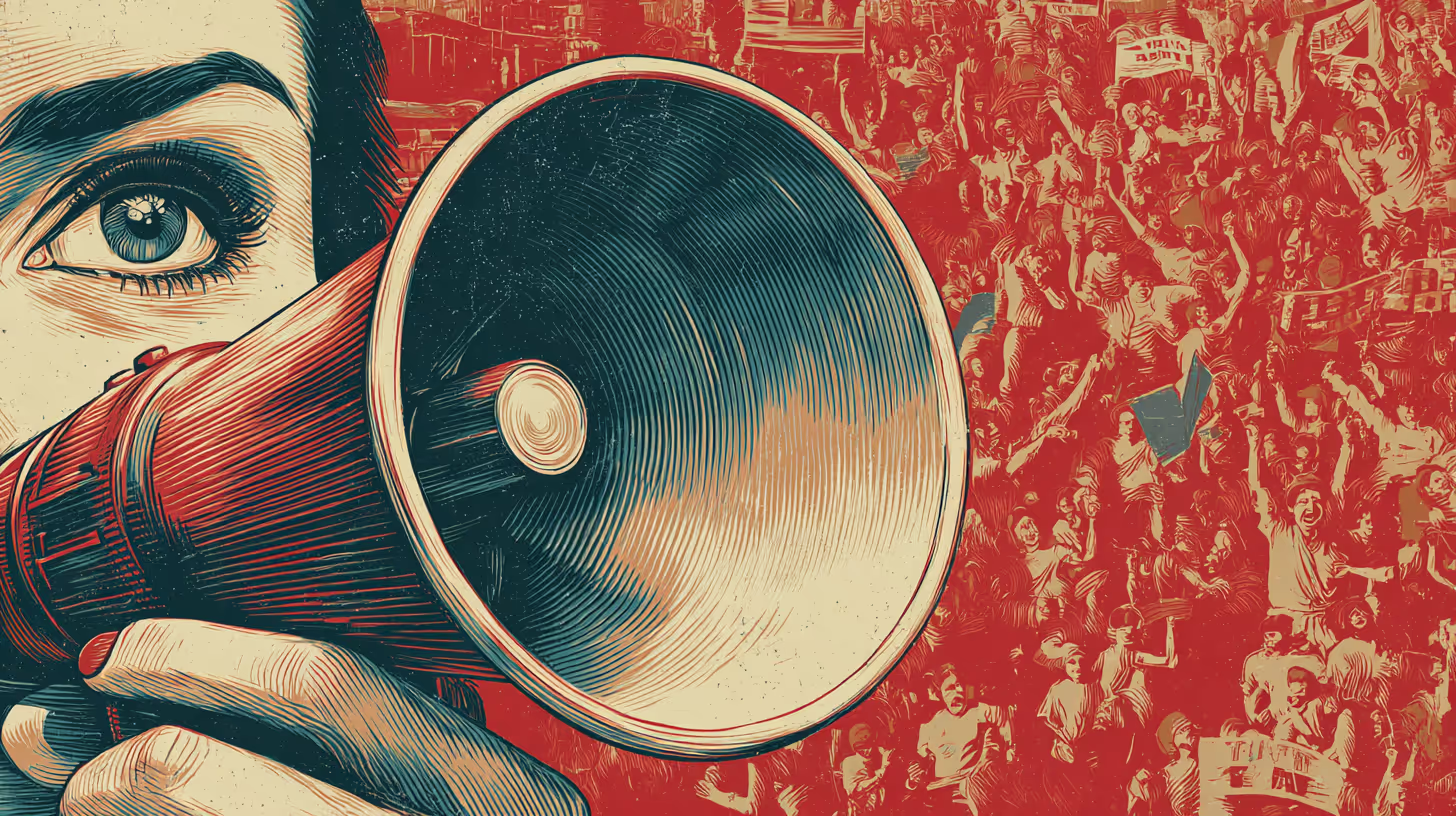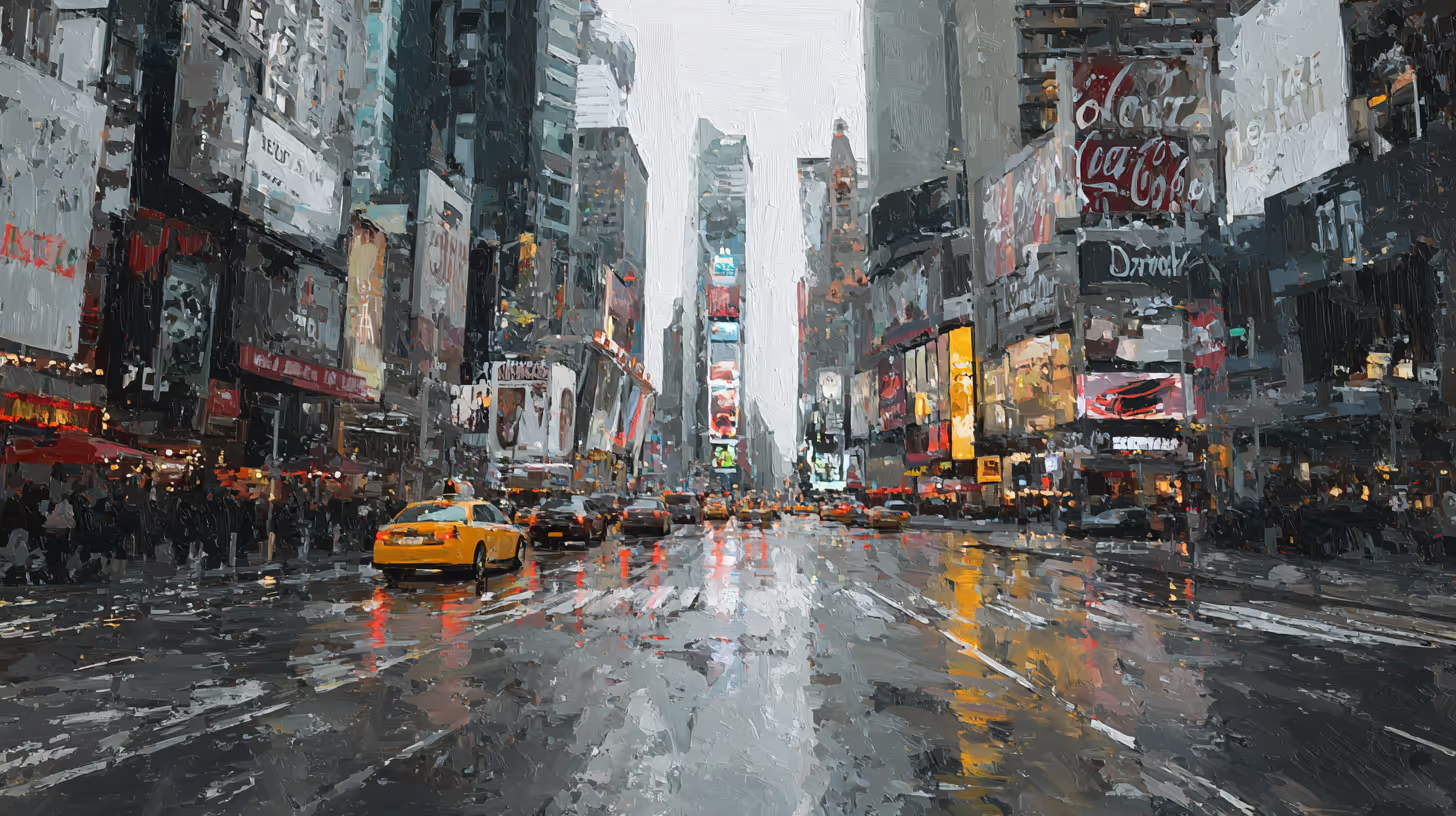On the web it’s always been all about visuals, traditional text-based search methods have become insufficient for modern users. Visual AI-based search, powered by computer vision and deep learning, is revolutionizing the way users discover products and brands. This technology enables consumers to search using images rather than text, leading to more intuitive, accurate, and engaging experiences. For brands, Visual AI search is literally a game-changer, improving customer engagement, conversion rates, and competitive positioning in the market.
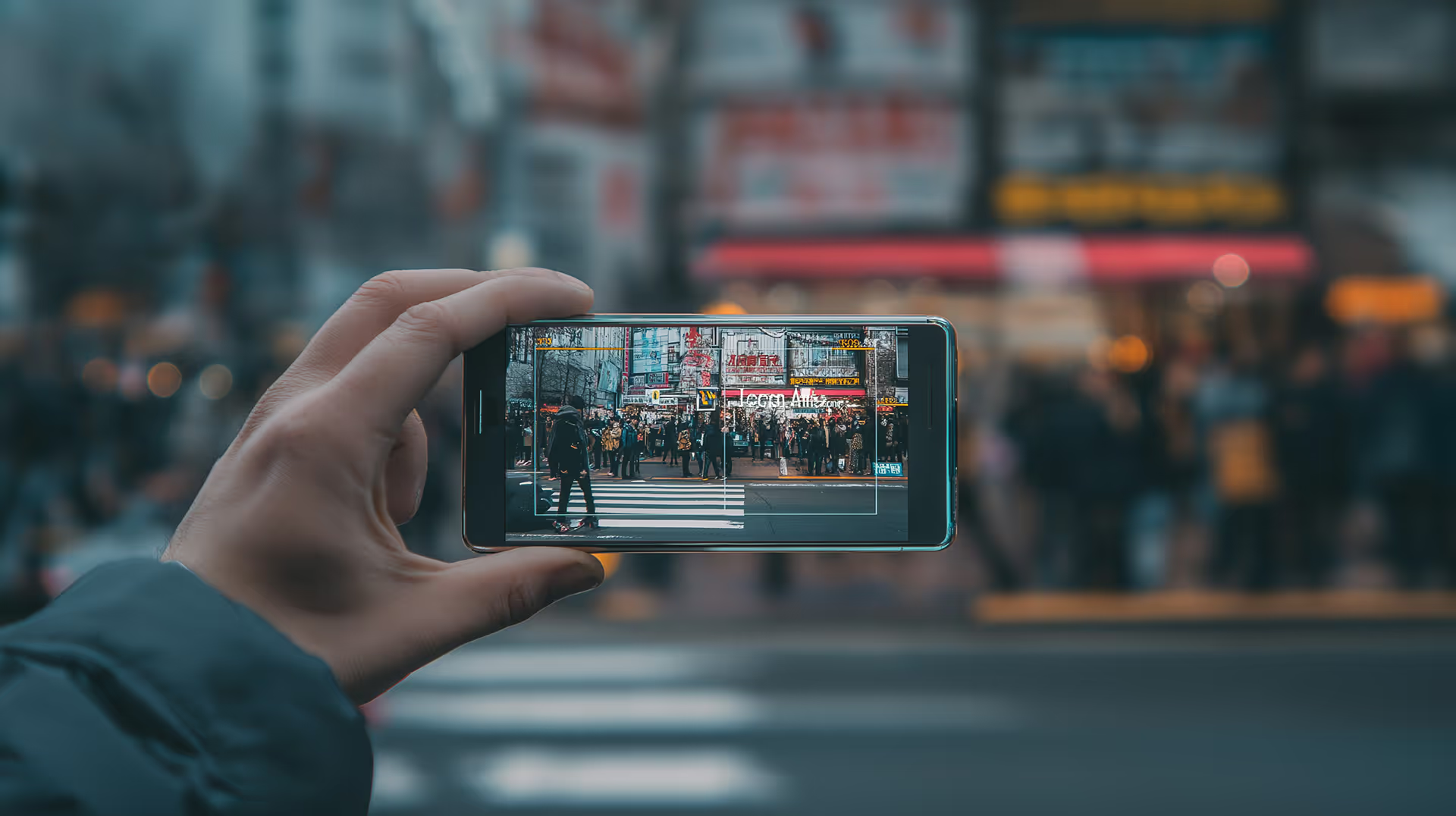
How Visual AI-Based Search Works
Visual AI search leverages deep learning algorithms to analyze images and identify objects, colors, textures, and patterns. This process involves several key technologies:
- Computer Vision: AI models detect and classify objects within an image, recognizing their context and similarities to other images.
- Neural Networks & Deep Learning: These models learn from vast datasets to improve accuracy and refine search results based on user interactions.
- Metadata Enhancement: AI can automatically generate metadata for images, making them searchable without requiring manual tagging.
- Augmented Search Algorithms: By integrating visual recognition with traditional search methods, AI can enhance results with complementary product recommendations.
Key Benefits of Visual AI-Based Search for Brands
- Enhanced User Experience
- Customers can upload an image of a product they like and find similar or identical items instantly, reducing friction in the purchasing process.
- Example: A customer sees a celebrity wearing a specific jacket and uploads the image to a fashion retailer’s app, which instantly finds a similar item in stock.
- Customers can upload an image of a product they like and find similar or identical items instantly, reducing friction in the purchasing process.
- Improved Conversion Rates
- By streamlining the path from discovery to purchase, Visual AI search significantly reduces bounce rates and abandoned searches.
- Example: A furniture retailer allows customers to take pictures of home decor they admire and receive recommendations for matching items in their catalog.
- By streamlining the path from discovery to purchase, Visual AI search significantly reduces bounce rates and abandoned searches.
- Better Personalization & Recommendations
- AI can analyze visual preferences and suggest products that align with a customer’s style, leading to higher engagement.
- Example: A beauty brand uses Visual AI to match a customer’s uploaded image of a lipstick shade to its closest available product, ensuring precision in selection.
- AI can analyze visual preferences and suggest products that align with a customer’s style, leading to higher engagement.
- Omnichannel Integration
- Brands can implement visual search across multiple platforms, including mobile apps, eCommerce sites, and in-store kiosks, creating a seamless shopping experience.
- Example: A home improvement store offers a smartphone app where users can take a picture of a tool or material and find exact matches or alternatives in their inventory.
- Brands can implement visual search across multiple platforms, including mobile apps, eCommerce sites, and in-store kiosks, creating a seamless shopping experience.
- Competitive Edge & Brand Loyalty
- Companies that adopt Visual AI search early gain a competitive advantage by offering a cutting-edge, user-friendly shopping experience.
- Example: A luxury brand integrates AI-powered visual search to help customers authenticate products and avoid counterfeits, boosting trust and loyalty.
- Companies that adopt Visual AI search early gain a competitive advantage by offering a cutting-edge, user-friendly shopping experience.

Challenges & Considerations
Despite its advantages, Visual AI search presents challenges:
- Data Quality & Training: AI models require large datasets to improve accuracy, making it crucial for brands to invest in high-quality training data.
- Integration Complexity: Implementing AI search requires compatibility with existing eCommerce platforms and user interfaces.
- Privacy & Ethical Concerns: Brands must ensure compliance with data privacy regulations when collecting and analyzing user-uploaded images.
The Future of Visual AI Search
As AI continues to evolve, Visual AI-based search will become even more precise and interactive. Innovations such as AR-assisted shopping, real-time object detection, and AI-powered styling assistants will further enhance how consumers engage with brands. Companies that invest in this technology today will be at the forefront of the next wave of digital commerce, redefining customer engagement and driving sales through intelligent, visual-first experiences.
Conclusion
Visual AI-based search is no longer a futuristic concept—it is here and reshaping the digital shopping experience. For brands, leveraging this technology means staying ahead of consumer expectations, enhancing product discoverability, and delivering seamless, engaging shopping experiences. Those who embrace AI-powered visual search now will lead the way in the next era of eCommerce and brand engagement.
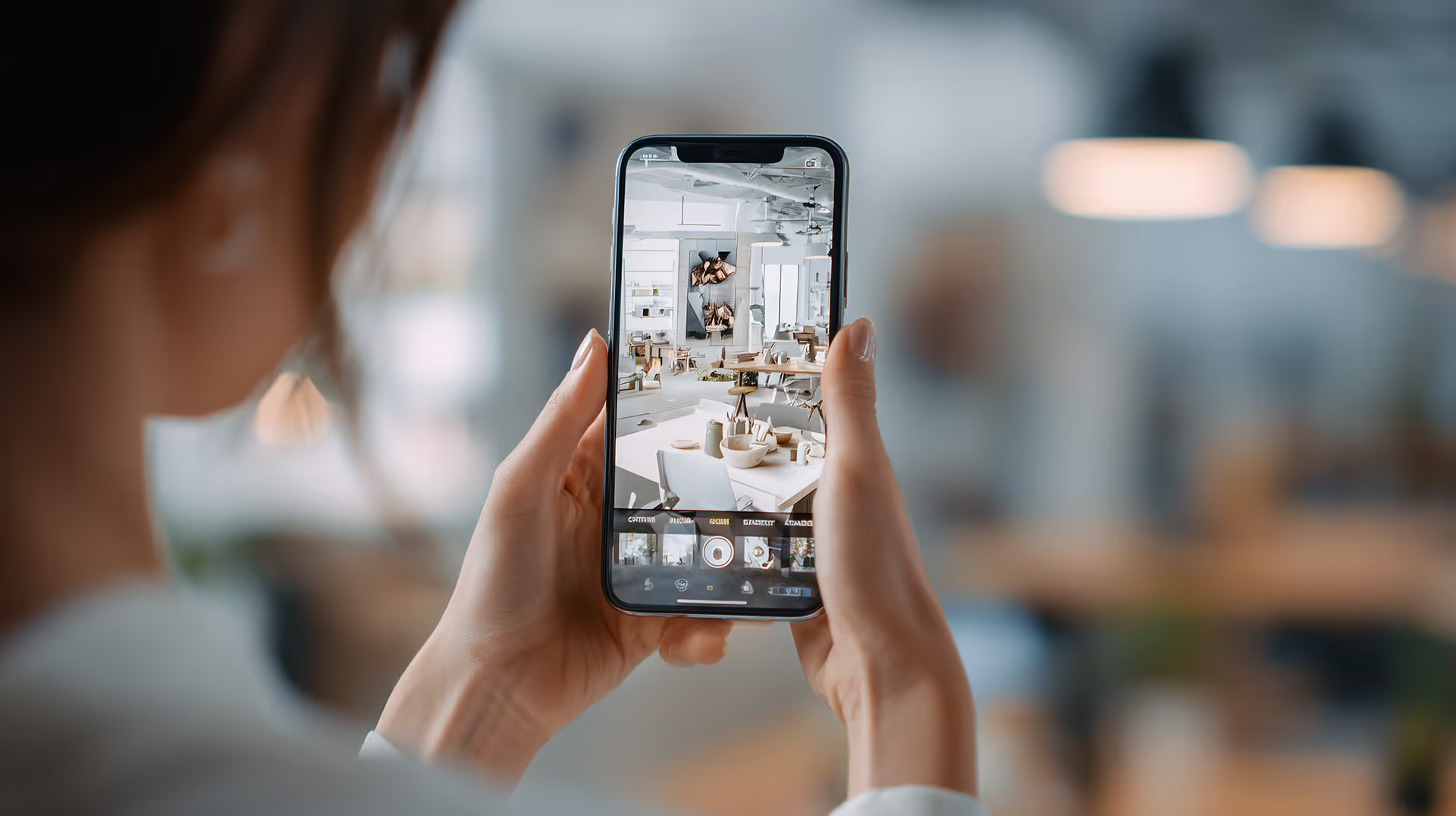
Appendix:
Examples of How Brands Could Leverage the Tech
Here are eight practical examples of how brands can leverage Visual AI-based search to enhance customer experiences:
- Fashion & Apparel - Style Matching
- A customer uploads an image of an outfit they like, and the brand’s AI-powered search suggests similar clothing items available in their store.
- Example: A retailer like Zara enables shoppers to find a jacket similar to one worn by a celebrity by simply uploading a picture.
- A customer uploads an image of an outfit they like, and the brand’s AI-powered search suggests similar clothing items available in their store.
- Furniture & Home Décor - Room Visualization
- Users take photos of their living spaces, and AI recommends furniture pieces that match their aesthetic.
- Example: IKEA’s app allows customers to snap a picture of their living room and suggests sofas that complement their décor.
- Users take photos of their living spaces, and AI recommends furniture pieces that match their aesthetic.
- Beauty & Cosmetics - Shade Matching
- Customers upload an image of a lipstick or foundation they like, and AI finds the closest shade in the brand’s inventory.
- Example: Sephora’s AI search matches a lipstick shade from an Instagram post to the closest product available in their store.
- Customers upload an image of a lipstick or foundation they like, and AI finds the closest shade in the brand’s inventory.
- Automotive - Part Identification
- Customers take a photo of a car part they need to replace, and AI helps them find the exact or compatible replacement.
- Example: AutoZone’s app allows mechanics and DIYers to snap a picture of a car battery or headlight bulb and instantly find matching options.
- Customers take a photo of a car part they need to replace, and AI helps them find the exact or compatible replacement.
- Grocery & Food Retail - Recipe Suggestions
- Users upload a photo of ingredients they have at home, and AI provides recipe suggestions along with product links for missing items.
- Example: Walmart’s app lets shoppers scan food items in their fridge and suggests meal ideas while linking to products for delivery or pickup.
- Users upload a photo of ingredients they have at home, and AI provides recipe suggestions along with product links for missing items.
- Luxury Goods - Product Authentication
- Customers take a picture of a designer handbag or watch, and AI verifies its authenticity by analyzing unique patterns and serial numbers.
- Example: Louis Vuitton implements AI-powered authentication to help buyers confirm that a pre-owned bag is genuine.
- Customers take a picture of a designer handbag or watch, and AI verifies its authenticity by analyzing unique patterns and serial numbers.
- Sports & Outdoor Equipment - Gear Recommendations
- A customer uploads an image of a sports shoe, and AI suggests upgraded or similar models based on performance needs.
- Example: Nike’s app allows runners to scan their worn-out sneakers to receive AI-powered recommendations for their next ideal pair.
- A customer uploads an image of a sports shoe, and AI suggests upgraded or similar models based on performance needs.
- Retail & eCommerce - Visual Search in Brick-and-Mortar Stores
- Shoppers take a picture of an item they see in-store, and AI finds it online with additional details, reviews, and purchase options.
- Example: Target enables customers to scan an in-store product to find availability in different sizes or colors online.
- Shoppers take a picture of an item they see in-store, and AI finds it online with additional details, reviews, and purchase options.




